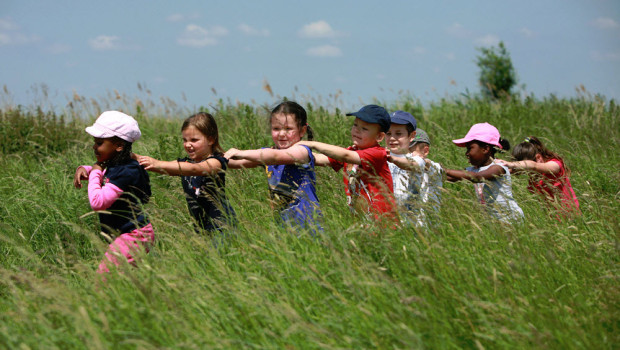Connecting the Dots from Sailing to Racing
Published on January 4th, 2016
Kim Couranz shares this story in the December 2015 issue of SpinSheet magazine, the publication for boaters and sailors of all levels on the Chesapeake Bay…
How did you get into sailing small boats—and more specifically, how were you introduced to racing small boats? Successful junior programs around the Chesapeake Bay introduce young sailors to sailing skills and racing strategy. But for those who don’t grow up in a junior program, once they learn basic sailing, if they’re interested in taking the leap into racing, how do they learn how it all happens?
I ask this because, a few years ago, I got lost while running in a race in a state park in the middle of nowhere in the east Tennessee mountains. (Really, there’s a connection, stay with me here!) Finally I backtracked to the proper course, but my “detour” meant I missed a time cutoff and couldn’t go out for the final nine miles of the race. I DNFed (did not finish)—my first DNF, at least in a running race, ever.
So I have some unfinished business there, which I hope to rectify next fall. As we do with our sailing skills, if we identify an area in our skills we need to develop, we practice it; for example, if boat handling is rough, practicing tacks and gybes. So for my running, I realize that I need to practice my on-land navigation skills using a trail map and a compass (no GPS allowed for my Tennessee adventure).
How best to do that? How about trying orienteering, which is racing in the woods using a map and compass to navigate from point to point? Perfect match, but how on earth does someone try the sport of orienteering? What does it “look” like, what things do you need, how do you enter a race?
A little time on Google yielded easy, effective results. Major props to Orienteering USA and the more local Quantico Orienteering Club for their clear, concise information. My searches for “orienteering how” and “orienteering Maryland” resulted in pages of websites describing how to get involved and all about the basics. Smack dab in the middle of Orienteering USA’s website are links on how to “Come Try Orienteering.” What a concept—actually inviting and encouraging new people to come try your sport!
The Quantico Club’s website features tabs including “Get Better” and “Get Involved.” I think I just may! Diving a little deeper into the organization’s calendar, it appears that at virtually every one of its events, organizers not only welcome but encourage newbies: If you’re a beginner, let them know at the registration table, and they’ll help you out with free beginner instruction.
Hmm, this seems a mighty contrast to how beginning racers experience sailboat regattas, at least for folks who are giving it a whirl for the first time having not gone through a junior program. Google “sailboat racing how” and the majority of the results focus on explaining the Racing Rules of Sailing.
Certainly running in the woods with a map and compass and racing a sailboat involve greatly different levels of “stuff” you need to have; and yes, sailing rules are complex. But we have got to find a better way to welcome and indeed encourage new participants in our sport.
We need some concise materials not about how to sail (those are available) and not about how to go faster (again, there’s tons of information on how to trim sails more effectively and where strategically and tactically to go on the race course), but about how to get involved in sailboat racing.
One of the pieces I encountered during my online search was a video about how orienteering races happen from a competitor’s perspective. It was created by an 11-year-old British boy, starring his younger brother. It was short, simple, and clearly described how to arrive at an event, register, and then use a “dibber” to provide the evidence at the end of the course that you have properly visited each point in the right order.
The video, created “back in 2006,” is still relevant today. It’s only five minutes long, but having watched it, I’d feel confident I wouldn’t make a fool out of myself on a beginner course. While my success would still be up in the air, I’d at least know the right protocol for entering and competing in an event.
Where is the basic how-to for how people new to racing can enter, say, a Laser regatta? Where are the mentors who might volunteer to walk a first-time regatta entrant through the process? This information and certainly the eager people who want to welcome new sailors to their fleet are out there, but I don’t think we in our sport do a good job—yet—of transmitting this information to people, nor to connecting newbies to mentors.
How can we do this better? How can we more effectively connect the dots for people from learning to sail to learning to race? That’s what I’ll be thinking about as I run through the woods this winter.
Do you have ideas about how to better welcome new racers? Send them to sailors@spinsheet.com
For the December 2015 issue, click here.









 We’ll keep your information safe.
We’ll keep your information safe.